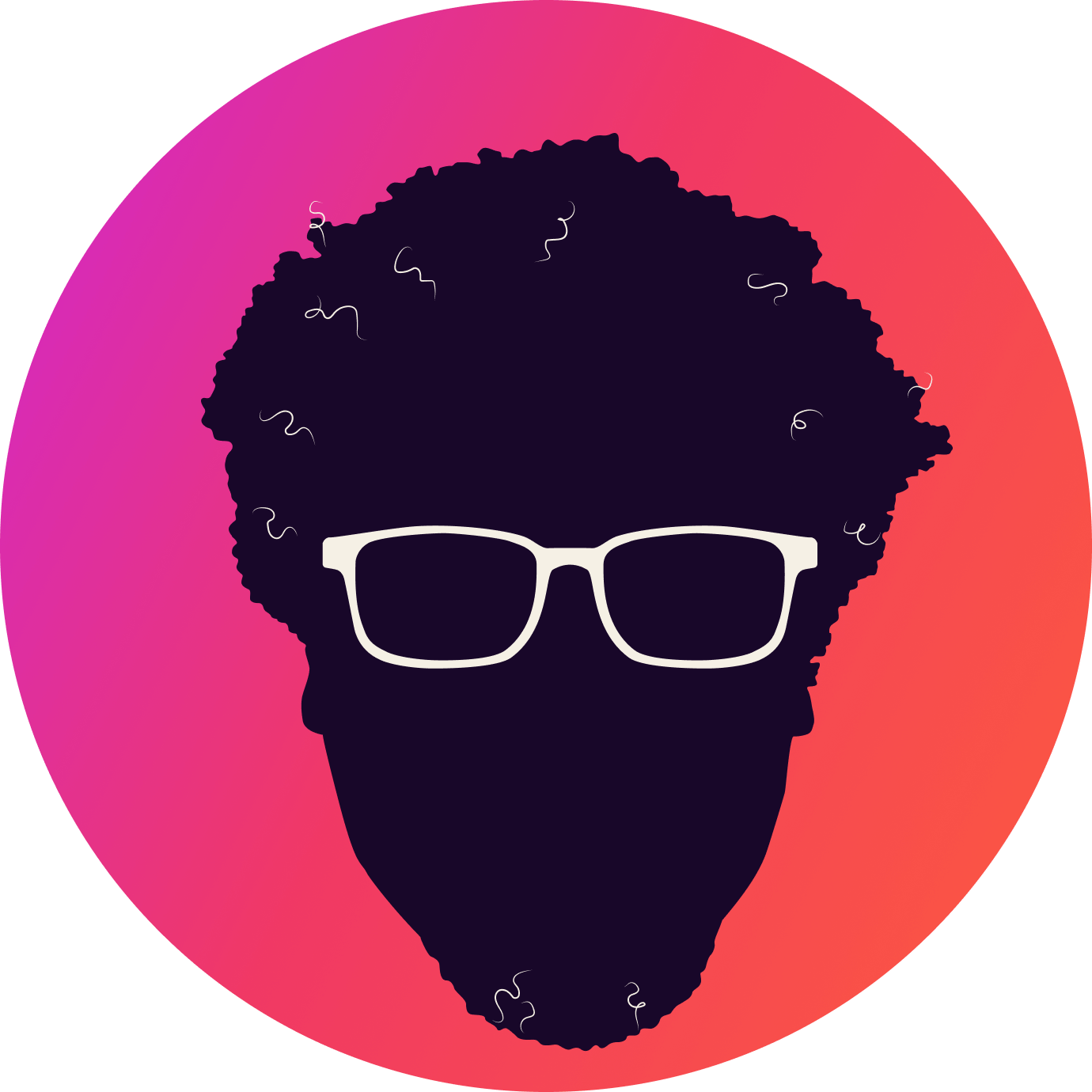DALL-E
DALL-E and the world of generated images have captured the attention and imaginations of many. When I first watched the video, humans need not apply; close to 8 years ago, the technologies felt possible but still distant. DALL-E alerts you with a flashing red light to how far we’ve come over a relatively short period.
DALL-E is an AI-based system that generates realistic images from a string of text. What makes it uncanny is its understanding of the text and its ability to apply context and do all of this across different artistic stylings. Using the tool is addictive; if you have not, I suggest you create a free account and give it a whirl.
Our CEO Todd has also turned me on to many other AI tools, like jasper.ai that allow you to generate blog post articles with a simple topic or description. While they may miss the depth and meat many expect in a well-crafted post, it is a shockingly great starter (and better than some content on the Internet).
What I find fascinating in the new AI space are the same copyright issues we struggle to answer around ownership, especially when referencing prior art. For example, one can sample music and use it to make a new song, but we have defined a line that determines when a new song is unique and, in other cases, when the sampling requires the artist to pay royalties to the previous artist.
In the case of tools like DALL-E, the prior art is exactly how you train a machine to create something new or unique. You give it as many samples of images and artwork as possible and provide it with metadata to describe each piece of work. It allows you to ask it to generate an image of a dog in the style of Van Gough.
Is this a case of a new unique piece of art? To what extent is it based on the prior works that AI used to create this new piece of work? Are the uses of training sources any different than me asking a human to do the same thing? If one profits from the work, who should receive the royalty? The engineer who developed the AI? The company who created the AI? The license holder who typed a string of text to generate this new work of art? Or maybe the AI itself?
